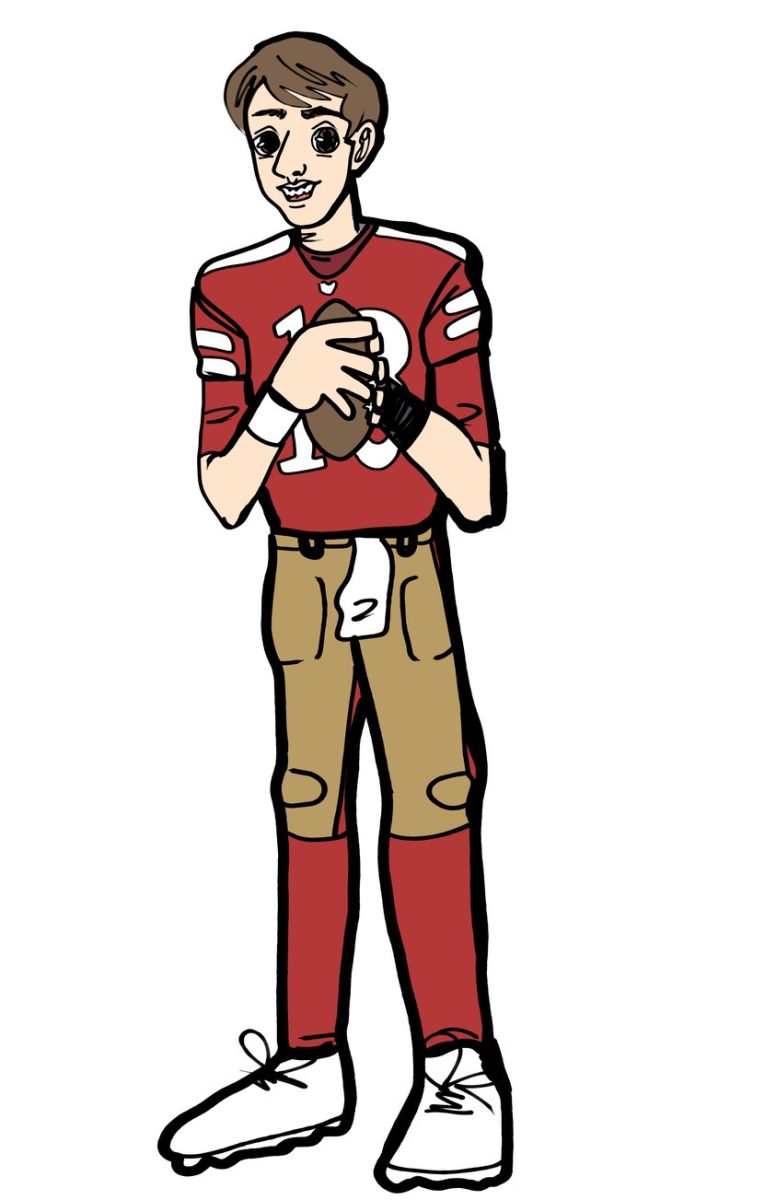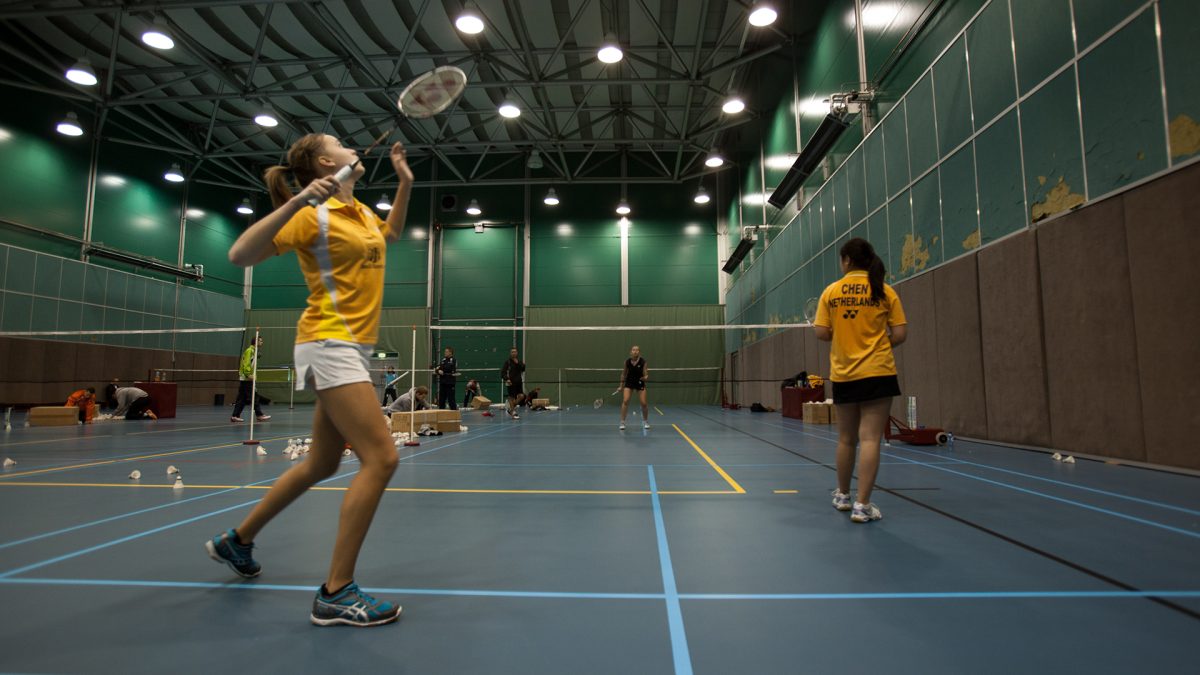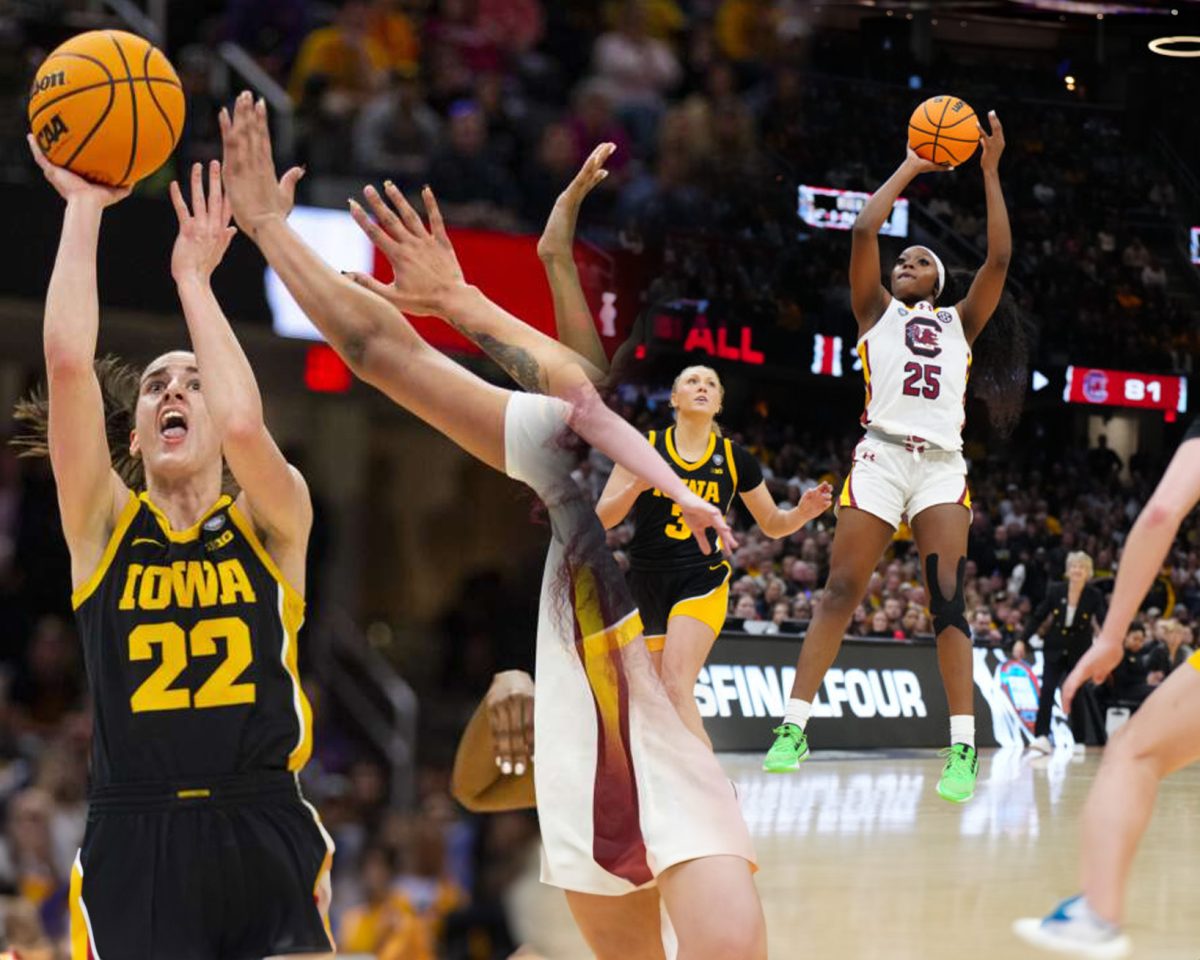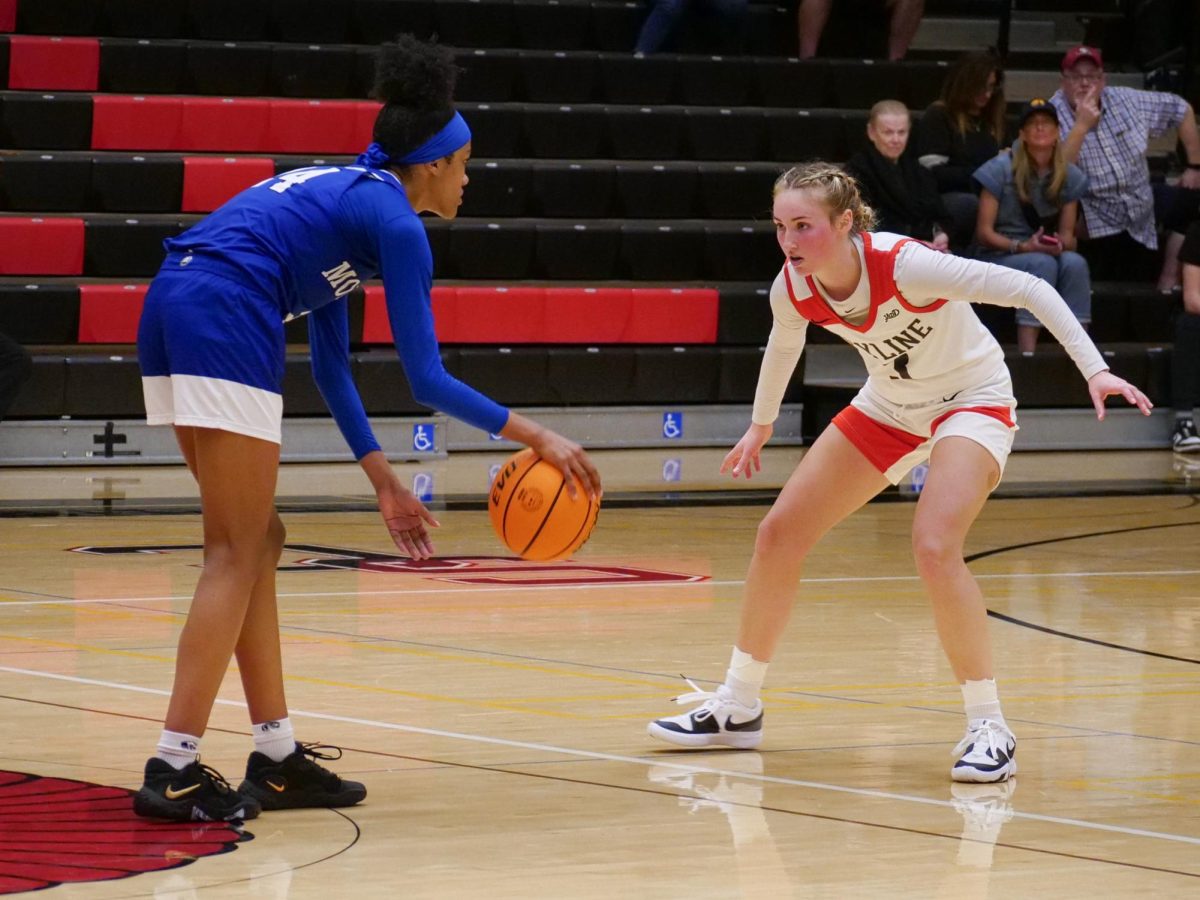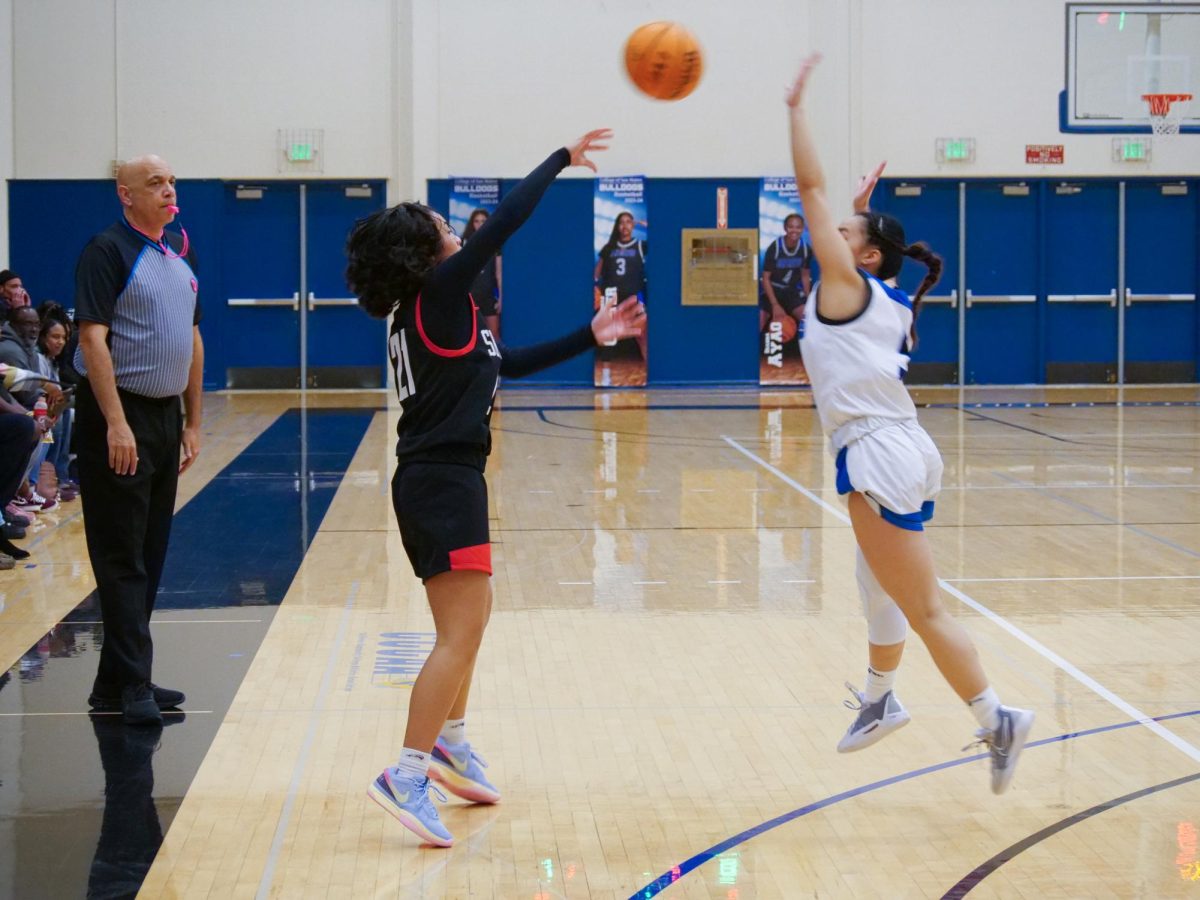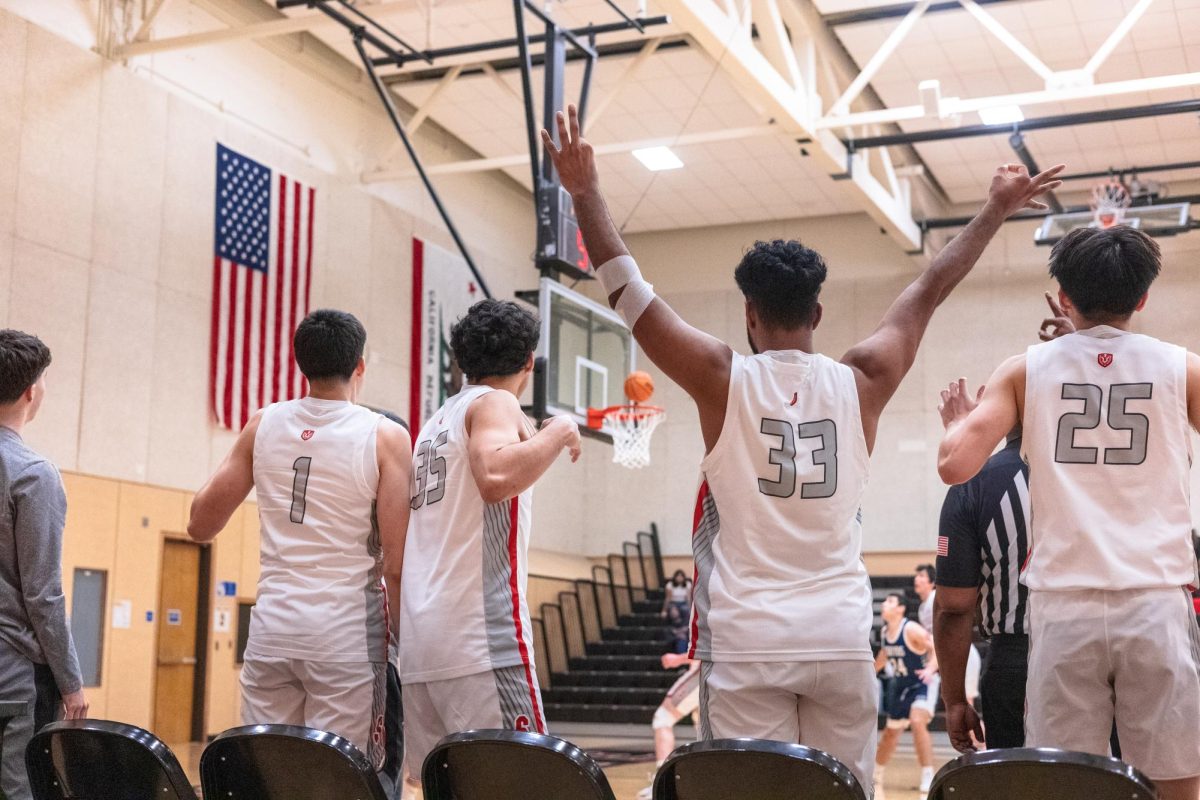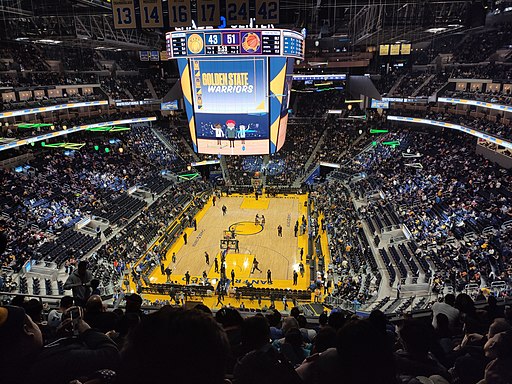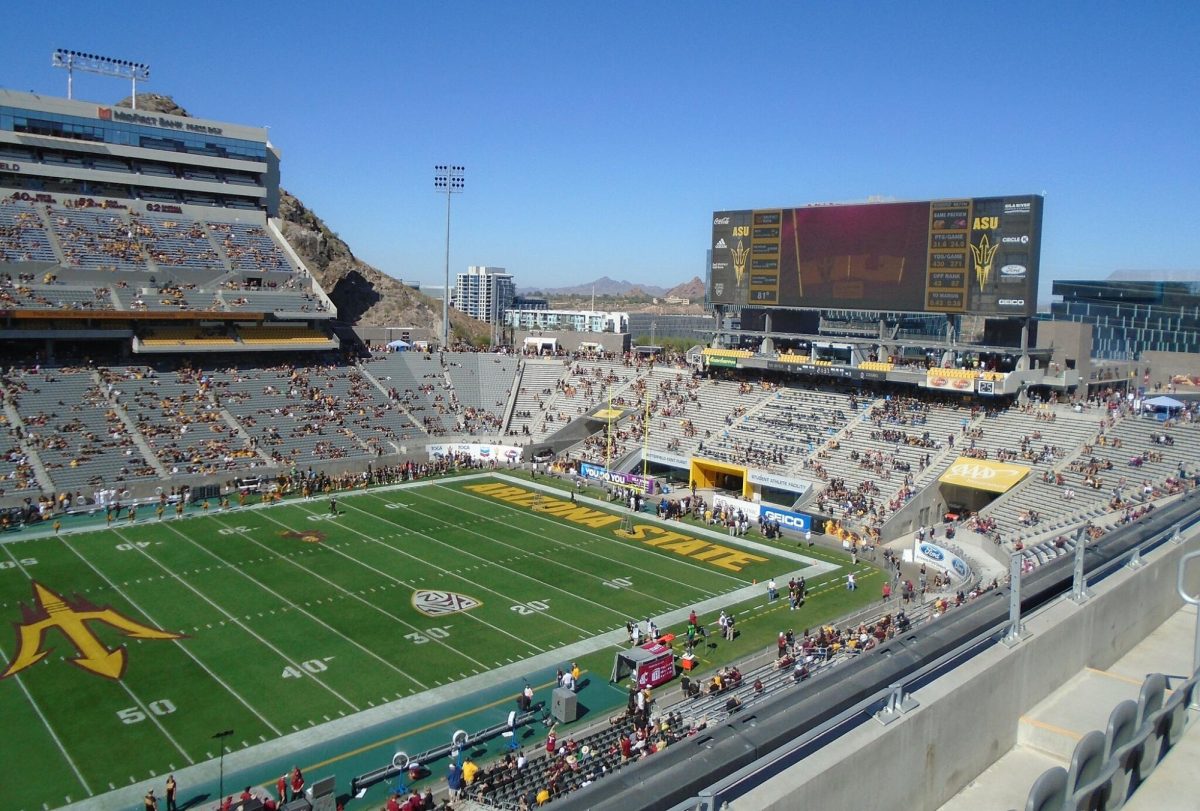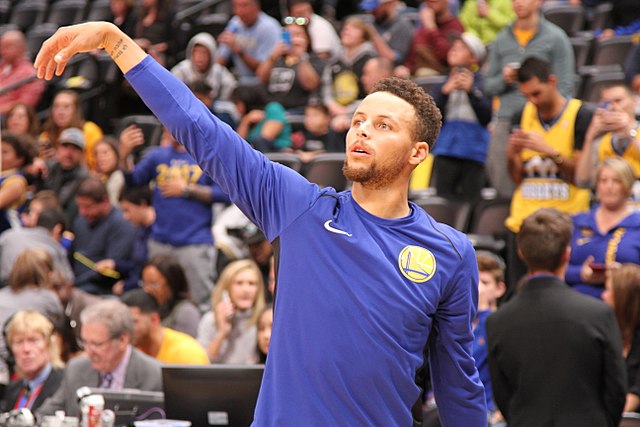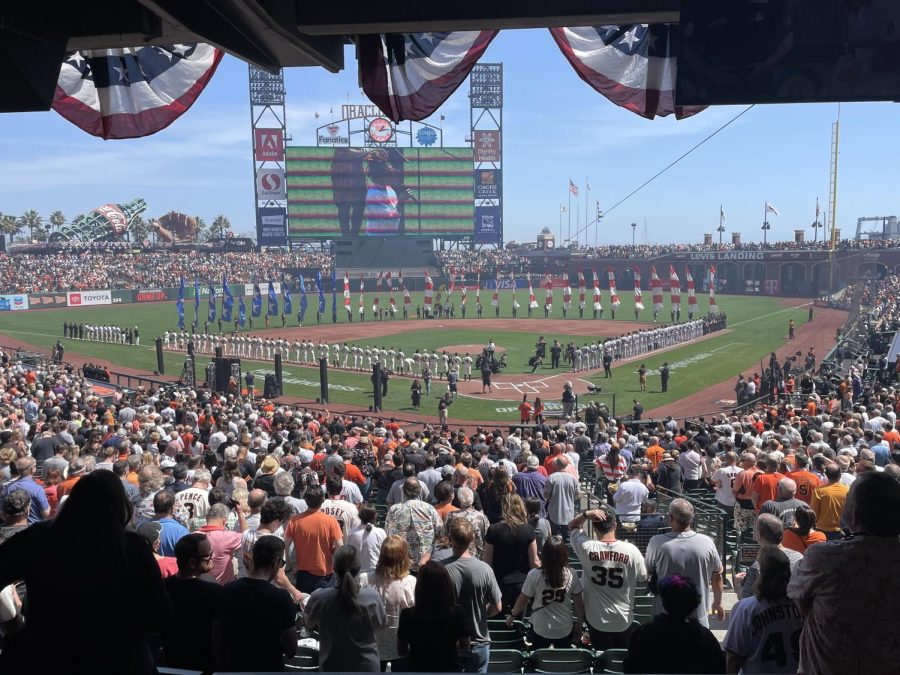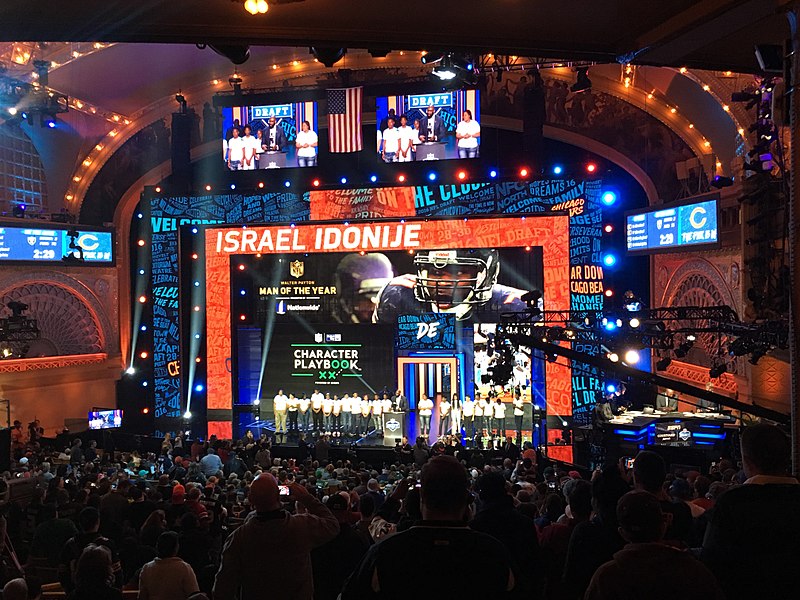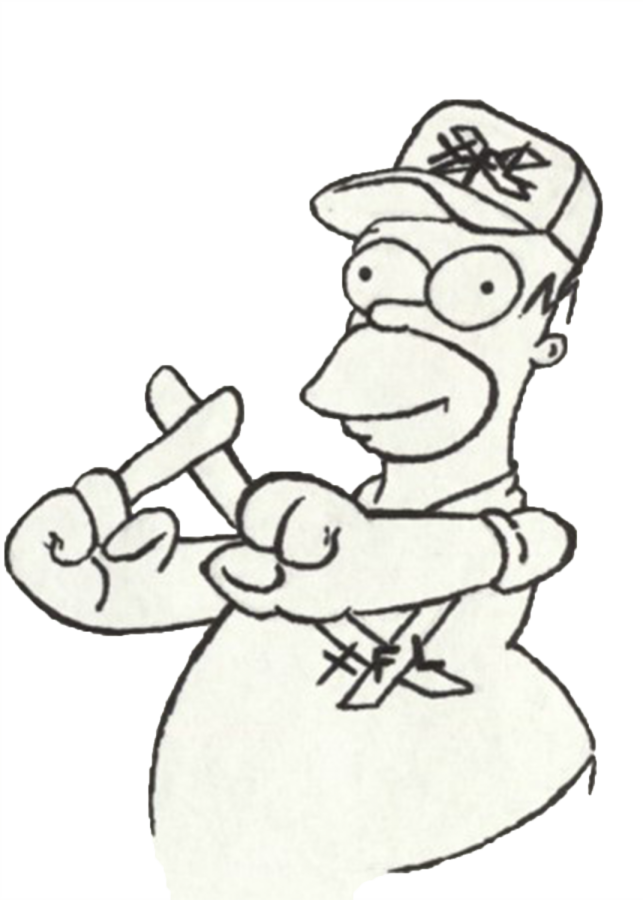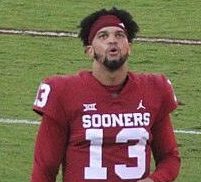
College quarterback Caleb Williams rocks his number 13 Trojan jersey, sitting in an interview chair. “I used to watch the ‘Heisman House’ every year on TV,” he says to the camera. “I’d always wonder, is it real?” Williams then hits us with a confirmation. “I can tell you now, it’s very real”.
We watch him drive onto the property, joining the likes of past Heisman winners such as Bryce Young, Tim Tebow, Baker Mayfield, Matt Leinart and Robert Griffin the Third.
The Heisman House commercials are nothing new and nothing out of the ordinary. The exception: Caleb Williams, front and center. He is still a collegiate athlete. Three years ago, he would not have been allowed in the commercial. He would not have been able to profit off of himself.
This has all changed with new rules involving Name, Image, and Likeness (NIL). Effective as of July 1, 2021, it gives college athletes the new right to make money off their name and likeness.
While this is great for college athletes who have been taken advantage of for years by the NCAA, the way the system works can be seen as unsustainable. NIL is extremely hard to regulate due to differing state laws, and no one can tell a student athlete how much they can make because the NCAA has yet to consider student-athletes as employees.
But the NCAA has always been difficult to regulate. It’s not like athletes haven’t been receiving money or gifts for a while. The NCAA has now just thrown back the curtain and allowed the world a first-class view.
NIL keeps college sports on the same trajectory it has always been on. The rich keep getting richer, massively wealthy boosters will hold major sway over the programs, and most female athletes and non-revenue sports will continue to be at risk of being left out of the opportunities that NIL provides.
Most universities have policies and some states have laws that require athletes to report their NIL earnings to an office for review. But most, if any, do not make those records public. California, Connecticut, Georgia, Nebraska, New Jersey, South Carolina and Tennessee openly require collegiate athletes to inform their university of their NIL contracts. And four of those states — Connecticut, Kentucky, Nebraska and Louisiana — forbid universities from making the records public.
The public doesn’t necessarily need to know how much athletes are making in their NIL deals. However the lack of transparency can make it hard for athletes to truly know their self-worth in these deals. How are they able to assess the fairness of these deals? How does this affect Title IX, when no one knows exactly how much money is going to men’s sports versus women’s sports? We can guess, but have no real answer to get a clear picture.
And while there may be some problems with athletes not being employees, what would happen if they were to make them employees? Schools would likely take complete advantage of that, taking control of their out-of-school schedules. They’d have a say in which partnerships would be deemed acceptable or not. NCAA rules only allow for athletes to spend 20 hours a week in sports-related activities, But this does not account for time devoted to travel, promotional activities, meetings, and other team commitments.
A Sports Business Journal study reported that “after all of the team-related commitments, quasi-team related commitments, sleeping, eating, classes, and studying, student athletes have about 3 hours per week to be college students.” But this time is often used by schools to throw them into more media-related promotions, allowing them to continue to take advantage of these athletes.
The NCAA already prohibits athletes from certain partnerships, especially ones deemed inappropriate. These include promoting tobacco, firearms, alcohol, betting and anything relating to a ‘competitor’ of their sponsors.
So if athletes were to become employees, where do the restrictions end? How do they differ in varying states? With so many questions left unanswered, such little transparency and minimal regulation, we can rightfully refer to the current NIL landscape as the Wild West.



